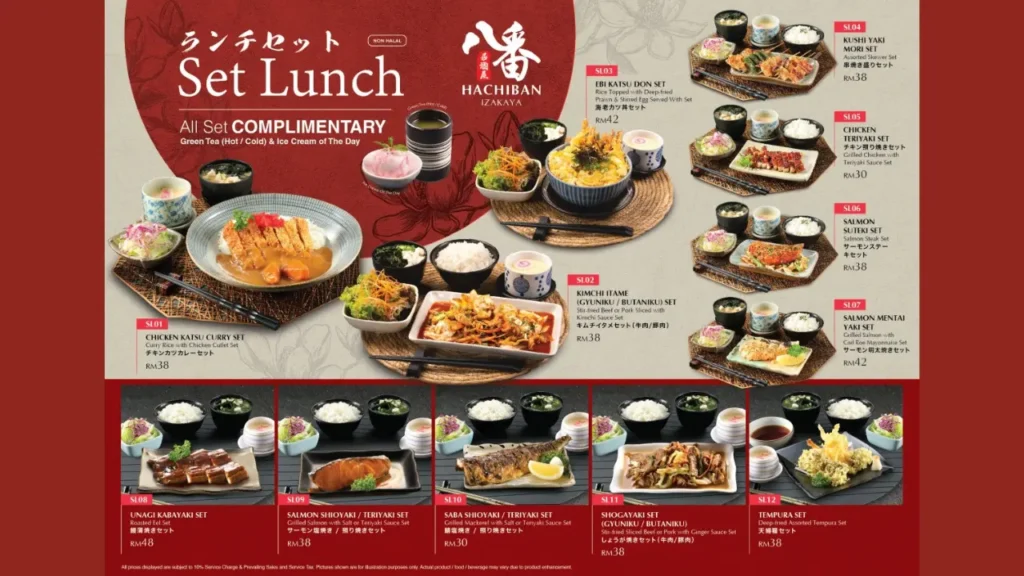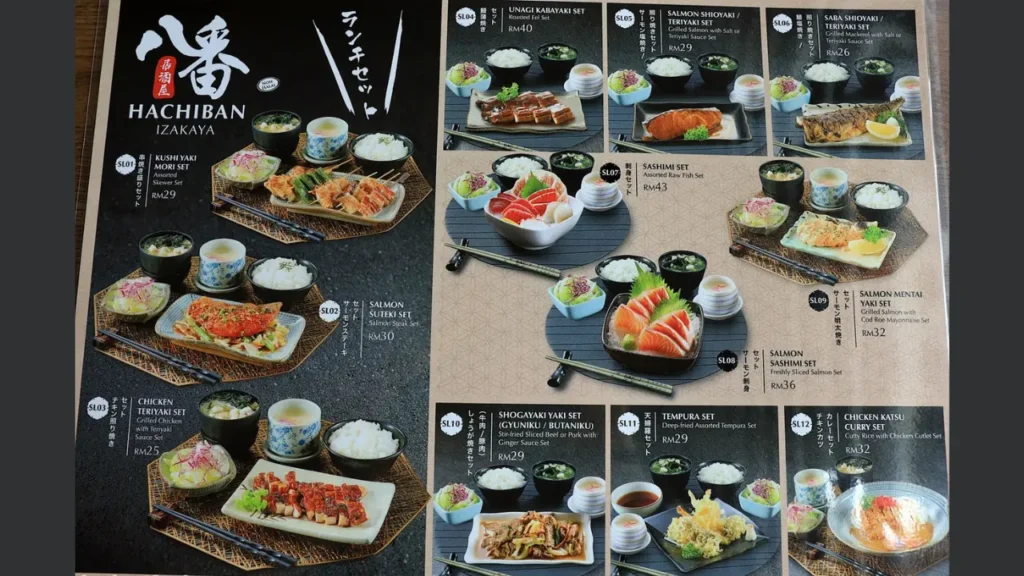In 2025, Japan food price has become a major concern for locals and travelers alike. Prices have gone up due to various reasons. This includes climate problems, global supply issues, and changes in demand. As a result, people in Japan now pay more for daily meals than ever before. Food inflation is noticeable in grocery stores and restaurants. Even basic meals cost more than they did just last year.

Why Japan Food Price Keeps Rising
Several causes have led to this noticeable increase. The most important reason is the unusual weather in 2023, which hurt local farming. This especially impacted rice, a key part of Japanese meals. Farmers had lower yields, making the staple more expensive. Higher energy prices also raised the cost of food production and transport. Restaurants and stores pass these extra costs to buyers, making meals pricier.
Food Inflation on Everyday Life

Daily life has changed due to the rising Japan food price. Families now adjust their meal plans or shop less often. Many people prefer cooking at home to reduce spending. Even then, grocery costs strain monthly budgets. Dining out has also become more expensive. Street food, bento meals, and sushi sets cost more, forcing people to eat out less often.
What’s Happening to Rice Prices in Japan?
Rice is Japan’s most consumed food. In 2025, the price of rice had almost doubled from the previous year. A 5kg bag of Koshihikari rice now costs around ¥5,000. Just last year, it cost between ¥2,500 and ¥3,000.
The price rise is due to:
- A poor rice harvest from heatwaves
- More demand from tourists and restaurants
- Panic buying after disaster rumors
The table below shows average rice prices over time:
| Year | Price (5kg Bag of Koshihikari) |
|---|---|
| 2023 | ¥2,700 |
| 2024 | ¥3,000 |
| 2025 | ¥5,000 |
Grocery Store Prices
Grocery stores show clear signs of Japan food price increases. Items like milk, eggs, and vegetables cost more today than just a few months ago. People are shocked to see how prices have climbed.
Below is a table with average grocery prices in 2025:
| Item | Average Price in Yen |
|---|---|
| Milk (1 liter) | ¥350 |
| Bread (loaf) | ¥300 |
| Eggs (10-pack) | ¥450 |
| Tomatoes (1kg) | ¥1,500 |
| Potatoes (1kg) | ¥700 |
| Rice (1kg) | ¥1,000 |
These numbers reflect national averages, with city areas often costing more.
Eating Out

Restaurants also feel the pressure of higher food costs. Many eateries have raised menu prices. A meal that once cost ¥1,000 now easily crosses ¥1,500. Fast food chains like McDonald’s now charge more for set meals. A basic combo meal that was ¥700 now costs around ¥900. Even simple ramen shops have increased prices by 10–20%.
Government Response
The government has acted to try to ease the burden. In early 2025, officials released 210,000 tons of rice from emergency stockpiles. This was done to control rising costs and supply issues. There’s also talk of more direct-to-store rice sales to help keep shelves stocked. Still, these actions take time to show results. Officials continue to monitor prices and may take further steps if costs rise again later this year.
Regional Differences in Food Costs
Japan food price is not the same in all regions. Cities like Tokyo and Osaka see higher food costs due to transport and rent. In contrast, rural areas have slightly lower prices, especially for fresh produce. Tourist-heavy zones have also seen steeper price hikes. Restaurants in Kyoto and Hokkaido often charge more than local spots further inland.
Tips for Managing Daily Food Costs
While rising prices are hard to stop, people have found ways to save money. Many choose discount supermarkets or shop at evening markets, where prices drop late in the day. Some grow vegetables at home or join local food co-ops.
Tips for shoppers:
- Shop late evening for discounts
- Cook at home instead of eating out
- Buy local and seasonal vegetables
- Use coupons or loyalty programs
These small changes help families manage the Japan food price hike without giving up good meals.
Looking Ahead
Experts believe the Japan food price could stay high throughout 2025. If global supply chains stabilize and weather patterns improve, prices may drop in 2026. Still, the country may need to rethink how it handles food security. That includes better food storage systems, more support for local farms, and closer ties with trade partners. For now, Japanese consumers are adapting daily to rising prices with smart shopping and simpler meals.
Final Thoughts
The rise in Japan food price has affected everyone in the country. From households to restaurants, the shift has changed how people eat and shop. Although the government has taken steps to control it, prices remain higher than before. Still, the Japanese spirit of resilience shows in how people cope. With smarter choices, meal planning, and government help, the impact can be managed.
Leave a Reply